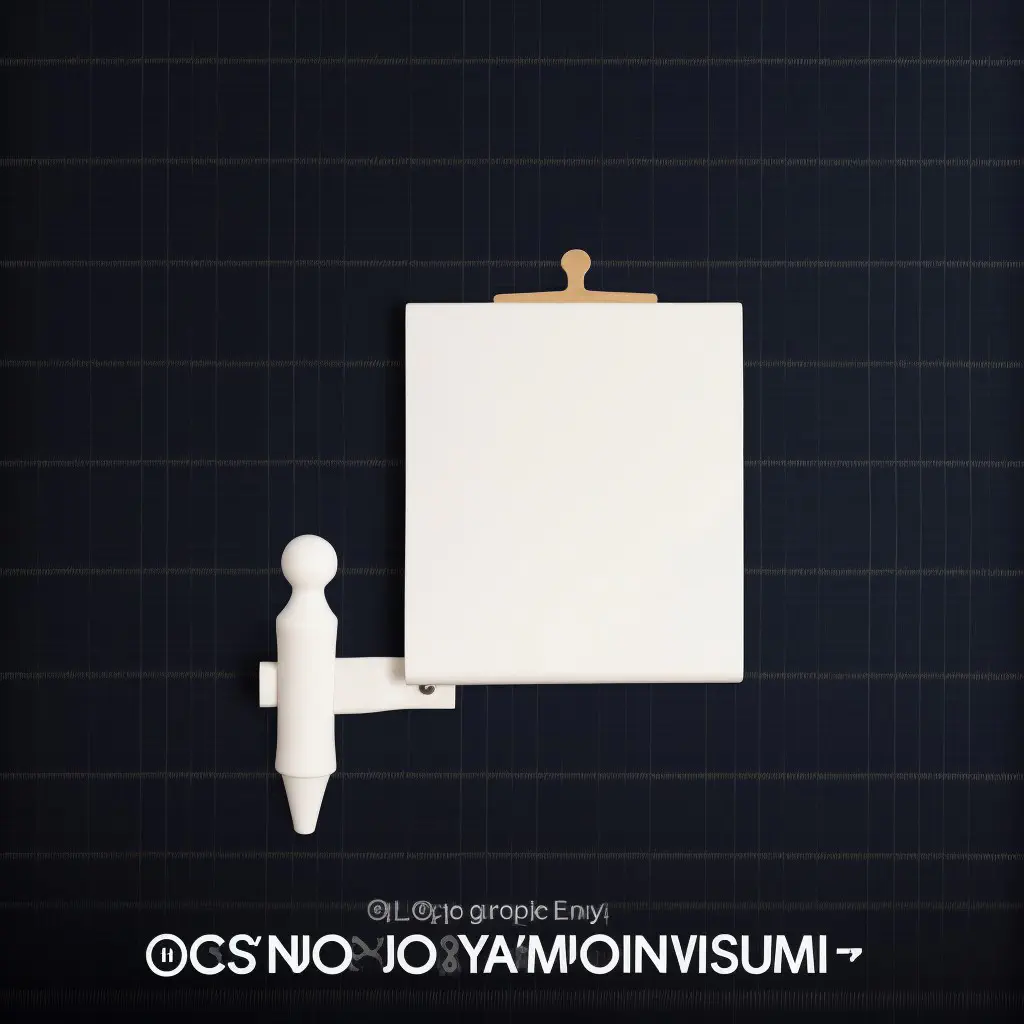
Introduction
In today’s fast-paced world, strategic thinking plays a critical role in achieving personal and professional goals. Strategic thinking is the ability to consider multiple scenarios, assess their potential outcomes, and choose the best course of action to achieve a desired outcome. While traditional strategic thinking focuses on rational analysis and objective decision-making, it often fails to account for the unpredictable nature of human behavior and the constantly changing world we live in.
This is where injecting humor into strategies can make a difference. By incorporating humor in our strategic thinking, we can introduce creative thinking, break down barriers, and help generate new ideas and perspectives. However, using humor effectively in professional settings requires a strategic and thoughtful approach.
The objective of this article is to explore the benefits of injecting humor into strategic thinking, provide practical examples and case studies of successful integration, and address the challenges and risks associated with using humor in professional contexts. By the end of this article, readers will be equipped with the tools and knowledge needed to incorporate humor into their strategic thinking and take their approach to the next level.
The Importance of Humor
Humor is an essential aspect of our daily lives as it helps us to cope with challenging situations, relieve stress, and reduce tension. In professional settings, humor is also valuable as it helps build relationships and foster a positive working environment.
Benefits of humor in daily life
Humor enhances creativity, promotes a sense of well-being, and provides perspective on life. Laughing also releases endorphins, which can boost the immune system, lower stress levels, and reduce pain.
Role of humor in professional settings
In the workplace, humor can improve productivity, promote creativity, and increase job satisfaction. It also helps break down barriers between employees and managers and can create a supportive atmosphere.
Psychological effects of humor
Research shows that humor has both short-term and long-term psychological benefits, such as improved mood, increased confidence, and decreased anxiety. It also helps people handle negative feedback and cope with stressful events.
Incorporating humor into strategic thinking can help overcome some of the limitations of traditional approaches. By injecting creativity and fun into strategies, businesses can develop innovative solutions to problems, create memorable campaigns, and engage with audiences in new ways.
Injecting Humor into Strategies
Incorporating humor into strategies can make them more engaging, memorable and effective. Below are some ways in which humor can be injected into strategies:
Creative thinking with humor
Creative thinking with humor involves coming up with strategies that make people laugh while still delivering the intended message. It requires thinking outside the box and breaking away from traditional ways of presenting ideas. For example, a company could create a funny video advertisement that portrays their product in a humorous way, making people more likely to remember it.
Utilizing memes, cartoon, and pop culture references
Memes, cartoons and pop culture references are a great way to make strategies more relatable to the target audience. They can be used to create shared experiences and generate a feeling of camaraderie, making people more likely to engage with and accept the strategy. However, it is important to ensure that the references are appropriate and relevant to the audience.
Crafting witty slogans and taglines
Witty slogans and taglines can be used to make strategies more memorable and increase brand recognition. They should be easy to remember, catchy and humorous. For example, a cleaning company could use the tagline “Cleaning so good, it’s almost criminal” to make people laugh and remember their brand.
Introducing humor in presentations and conference calls
Humor can also be incorporated into presentations and conference calls to make them more engaging and interactive. For example, a presenter could use humorous anecdotes or jokes to break the ice and create a more relaxed atmosphere. However, it is important to ensure that the humor does not detract from the main message or come across as unprofessional.
Overall, injecting humor into strategies can be a valuable tool for increasing engagement and effectiveness. However, it is important to avoid overusing humor or using it inappropriately, as this can have negative consequences. Balancing humor with professionalism is key to successfully incorporating it into strategies.
Examples of Humor in Successful Strategies
Case Study 1: Wendy’s Twitter Roasts
Wendy’s, a fast-food chain, became famous for their humorous and sarcastic responses on Twitter. After a Twitter user asked Wendy’s if their beef was frozen, the company replied, “Where do you store cold things that aren’t frozen?” This tweet went viral, and Wendy’s gained significant media attention for their witty marketing strategy.
Case Study 2: Old Spice “The Man Your Man Could Smell Like” Campaign
Old Spice, a men’s grooming brand, created a hilarious commercial featuring a shirtless, attractive man promoting the brand. The advertisement became viral and led to increased sales for the company. Old Spice continued the campaign on social media by creating personalized videos responding to customer comments, further solidifying the success of their humorous approach.
Analysis of the impact of humor on the success of these strategies
Studies have shown that humor in marketing and advertising can lead to increased brand recall and positive brand attitudes. Additionally, humor in professional settings can improve communication, reduce stress, and increase productivity. However, it is essential to balance humor with professionalism and avoid overusing it or offending the audience.
Benefits of incorporating humor in strategic thinking
Incorporating humor in strategic thinking can lead to more creative and innovative solutions, as well as improving team morale and communication. Humor can also differentiate a brand or company from competitors and attract customers with memorable and engaging marketing campaigns.
“Humor is a great way to build personal rapport quickly. It helps people to connect, even if they’re from different cultures.” -Timothy W. Cole, author of Successful Business Communication: Bridging the Gap
Overall, injecting humor into strategies can have significant benefits for businesses, from attracting customers to improving team dynamics. It is crucial to balance humor with professionalism and be mindful of the potential risks of humor going wrong. By incorporating humor into strategic thinking, companies can take a new approach to achieving their goals and stand out in their industries.
Challenges and Risks
As with any approach or decision, incorporating humor into strategies comes with its own set of challenges and risks. Here are a few to keep in mind:
When Humor Goes Wrong
Humor can be subjective, and what may be funny to one person can be inappropriate or offensive to another. It’s essential to have a keen sense of judgment when incorporating humor into strategies to avoid offending or alienating your audience. A poorly executed attempt at humor can do more harm than good, resulting in a PR nightmare.
Overusing Humor
While humor can be an effective way to inject some levity and creativity into a strategy, it’s essential to keep it in moderation. Overusing humor can dilute its impact and make it lose its charm. A good rule of thumb is to balance humor with substance and relevance.
Balancing Humor with Professionalism
Injecting humor into strategies can be a delicate balancing act that requires careful consideration of the context, audience, and goals. While humor can help break the ice and make a message stick, it’s essential to balance it with professionalism to ensure that the intended message is not lost or diminished. Too much humor can make the strategy look gimmicky rather than strategic.
It’s crucial to keep in mind that humor is not a one-size-fits-all solution to strategic thinking. Still, when used appropriately, it can be a valuable tool to engage and motivate audiences and help achieve strategic goals.
Conclusion
In conclusion, we have explored the concept of tactical thinking with a twist by injecting humor into strategies. Strategic thinking is crucial for achieving goals, but the traditional approaches can be rigid and limiting. By incorporating humor, we can open our minds to creative and innovative solutions.
We have learned that humor has numerous benefits, not only in personal life but also in professional settings. It can improve collaboration, reduce stress, and increase creativity. Furthermore, humor can have positive psychological effects on the team, such as boosting morale and job satisfaction.
We explored different methods of introducing humor to our strategies, such as using memes, cartoons, and witty slogans. We also analyzed case studies of successful companies that effectively used humor in their strategies and the impact it had on their success.
However, we have also recognized the challenges and risks of using humor, including the possibility of it going wrong or overusing it. It is important to balance humor with professionalism and always keep the organization’s values and mission in mind.
In conclusion, incorporating humor into strategic thinking can be a game-changer in achieving success in our professional lives. By trying a new approach to strategic thinking, we can stimulate creative thinking, foster team collaboration, and achieve our goals in a fun and engaging way. So let’s embrace humor and inject it into our next strategy!

